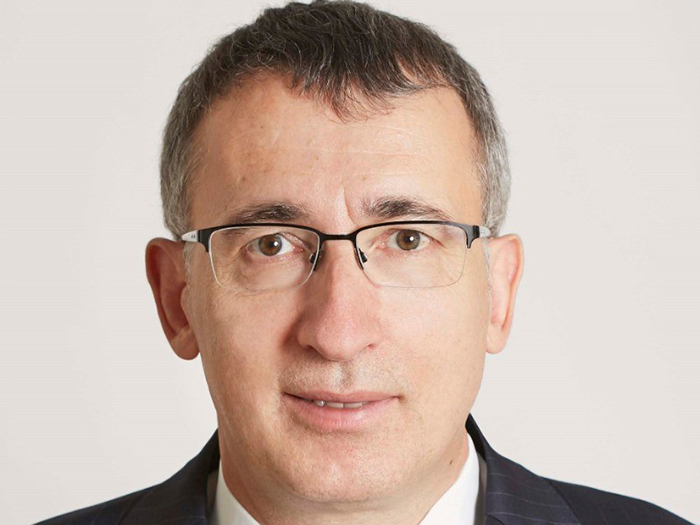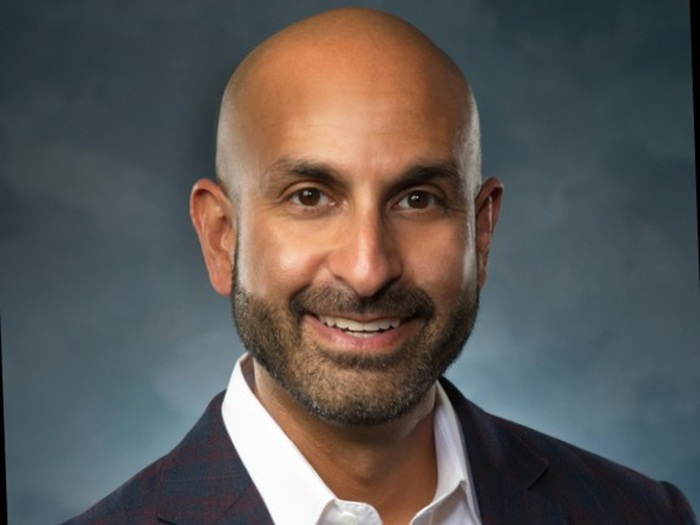Workers’ Comp Patients Are Healthier — So Why Are Their Outcomes Worse?

A new white paper analysis from Dr. Gerry Stanley of Harvard MedTech and Dr. Adam Seidner of The Hartford indicates that our assumptions about the typical workers’ comp patient could be all wrong, and that we’re poised for a revolution in thinking about how we treat them.
The white paper — “Is Workers’ Compensation Driving an Epidemic of Healthcare Outcomes Disparity?” — is based primarily on two large studies comparing lumbar and cervical spine surgery patients, which were published in The Journal of Neurosurgery: Spine.
Both of them reviewed the Quality Outcomes Database for the surgeries across cohorts of patients, which were divided between commercial health and workers’ compensation, and controlled for a variety of confounding variables.
According to Seidner and Stanley, “the outcomes indicate that patients within the workers’ compensation system performed significantly worse, despite having fewer medical comorbidities and being a younger, healthier population at the time of their surgical intervention than their commercial counterparts.” The one aspect in which workers’ comp patients were faring worse, health-wise, was smoking, but that was it — their comorbidities were actually lower, challenging conventional wisdom.
This analysis is impressive due to both these main findings and also the quality of the data, which included over 36,000 surgical cases. Why, then, are workers’ comp patients not healing the way they should?
Seidner and Stanley argue that it’s all down to the psychosocial risk factors in comp, which are poorly managed.
The Right State of Mind

Adam Seidner, chief medical officer, The Hartford
“The psychosocial aspects might be weighted heavier than the comorbidities or other medical conditions that the individual has,” Seidner explained. “We always like to see those optimally managed, but there’s a number of issues here. If they got hurt at work, they’re going to look at work a little differently.”
According to Seidner, what are commonly referred to as “yellow flags” need to be top of mind for adjusters as they work on the “why” of each patient’s potential issues when that patient is approved for surgery. These include three common issues: fear avoidance, perceived injustice and catastrophic thinking.
He noted that there is screening for all of these, and that “we have opportunities for health coaches and other support to help them get through this — everything from various websites that are out there to help people, apps and emerging technologies. Every one is a little different. We need to understand the employee and understand our patients as well as possible. And that includes what their expectations are. Sometimes, we have to manage those expectations.”
Seidner added that expectation management is not necessary only among the catastrophic thinkers — it’s also essential to talk down patients who may think of surgery as a silver bullet that will restore them to functionality long gone due to natural aging or disease processes.
Unraveling the Confounding Factors
The fact that workers’ comp patients are actually healthier is certainly the main issue that should have the industry scratching its head, but of course the differences between commercial health and workers’ comp cohorts in terms of financial investment in recovery should not be ignored.
“The point of drawing attention to the fact that there’s no money exchanging hands is that 100% of the claim is paid by the employer,” said Stanley. “In traditional health insurance, they have to pay a premium and a co-pay. So for a $100,000 surgery, in workers’ compensation, it costs you nothing. For a $100,000 surgery in group health, you’re paying the first $17,000 plus 20% of the next $83,000. So you have an incentive to say, ‘I can’t afford this twice, so I need to get better.’ We wanted to call attention to that specifically because it’s a confounder. We wanted to be very up front.”
Aside from that confounder, the outcome disparities identified in the literature are statistically significant and warrant consideration from the entirety of the industry because of the stakes involved. According to Stanley, assessing the two data sets in this way leads to only one conclusion.

Gerry Stanley, SVP and chief medical officer, Harvard MedTech
“What was surprising to me is that it puts to bed the notion that workers’ compensation patients are worse. We can say that, definitively, we now have the data. What was amazing is how many confounding factors we have in this population.
“I would not have expected them to be healthier, younger, with fewer comorbidities, better anesthesia classification scores. The deck is stacked in their favor with the exception of smoking. The workers’ compensation patient is the better patient every time according to the biomedical model of health care.”
Stanley called this a collective “aha” moment. “It must be the psychosocial that we’re tripping up on, so that’s where we need to turn our focus. Clearly, the commercial patients are the worse patients, but they do better, so that means they’re more resilient.”
Stanley and Seidner’s analysis makes clear the psychosocial components that constitute an implied mandate for workers’ comp professionals to fix the outcome disparity.
We know that a history of depression, anxiety or PTSD makes that person more likely to develop depression, anxiety or PTSD following an injury.
“What we underplay is the treatment. The treatment itself is traumatic,” Stanley said. “Surgery is a traumatic event. The injury is trauma number one. Everybody prescribes a personal ethos to their job, and when you get injured in workers’ compensation, you lose that. You’ve lost who you are and you’ve lost your social support, the people you spend eight hours a day with. It disrupts the foundation of who you are, so there’s a psychosocial trauma, and then someone cutting on your body to fix something.”
Anticipating Future Approaches
Stanley added that reluctance to add psychological components to the claim is often the root of the problem.
In contrast to the comp system as a whole, Stanley’s company, Harvard MedTech, does a significant amount of work with the VA and the DOD, which have a much more trauma-informed culture. “For them, they really want everyone to have a biopsychosocial model of care. In comp, we talk about it, but we talk about it as a platitude, not as a philosophy. I would love, as an industry, to see more attention paid to get more support earlier in the claim.”
In the future, Seidner and Stanley see a world where safety and new meds will make a healthier and happier workforce, if we rise to the challenge.
“Many people are expecting an even healthier workplace, so if that’s the case, are we going to see even less injuries or less severe injuries, and therefore return to work sooner or not even have to go out of work?” asked Seidner. “I still think that the other issues to be thoughtful of are the use of nicotine and other substances — marijuana-type products — and getting into the social determinants coming forward as well.”
A related analysis from Stanley and a number of coauthors — which finds similar results comparing surgical patients in commercial health and workers’ comp — will soon be published in the journal Spine. &










